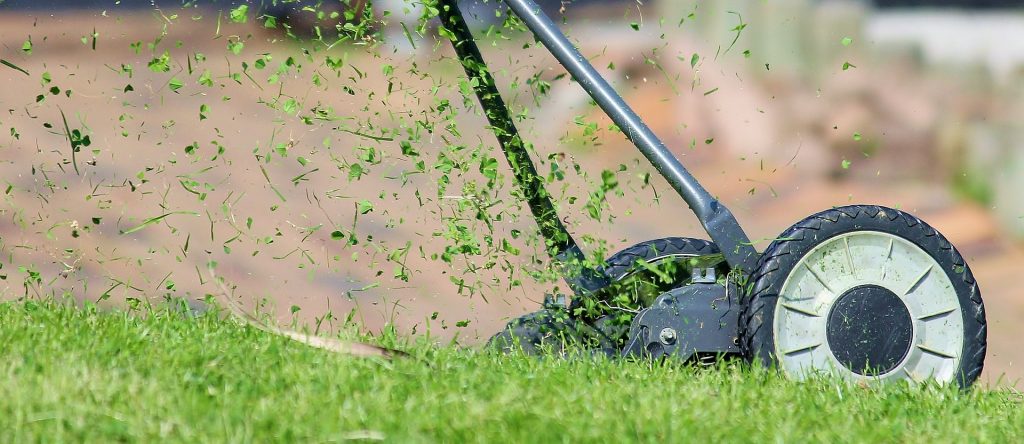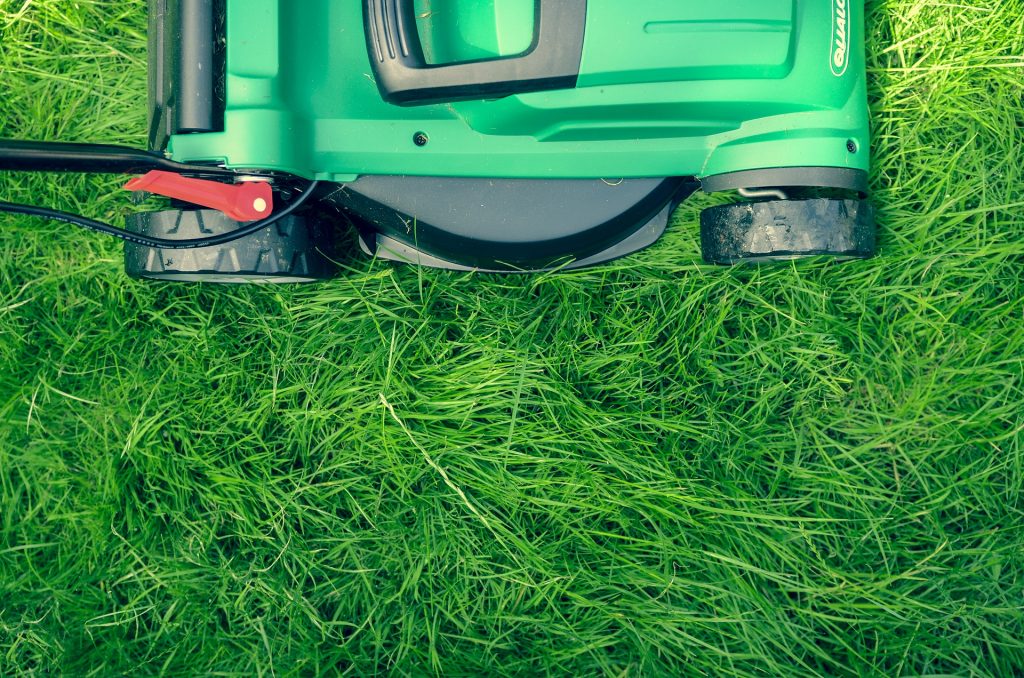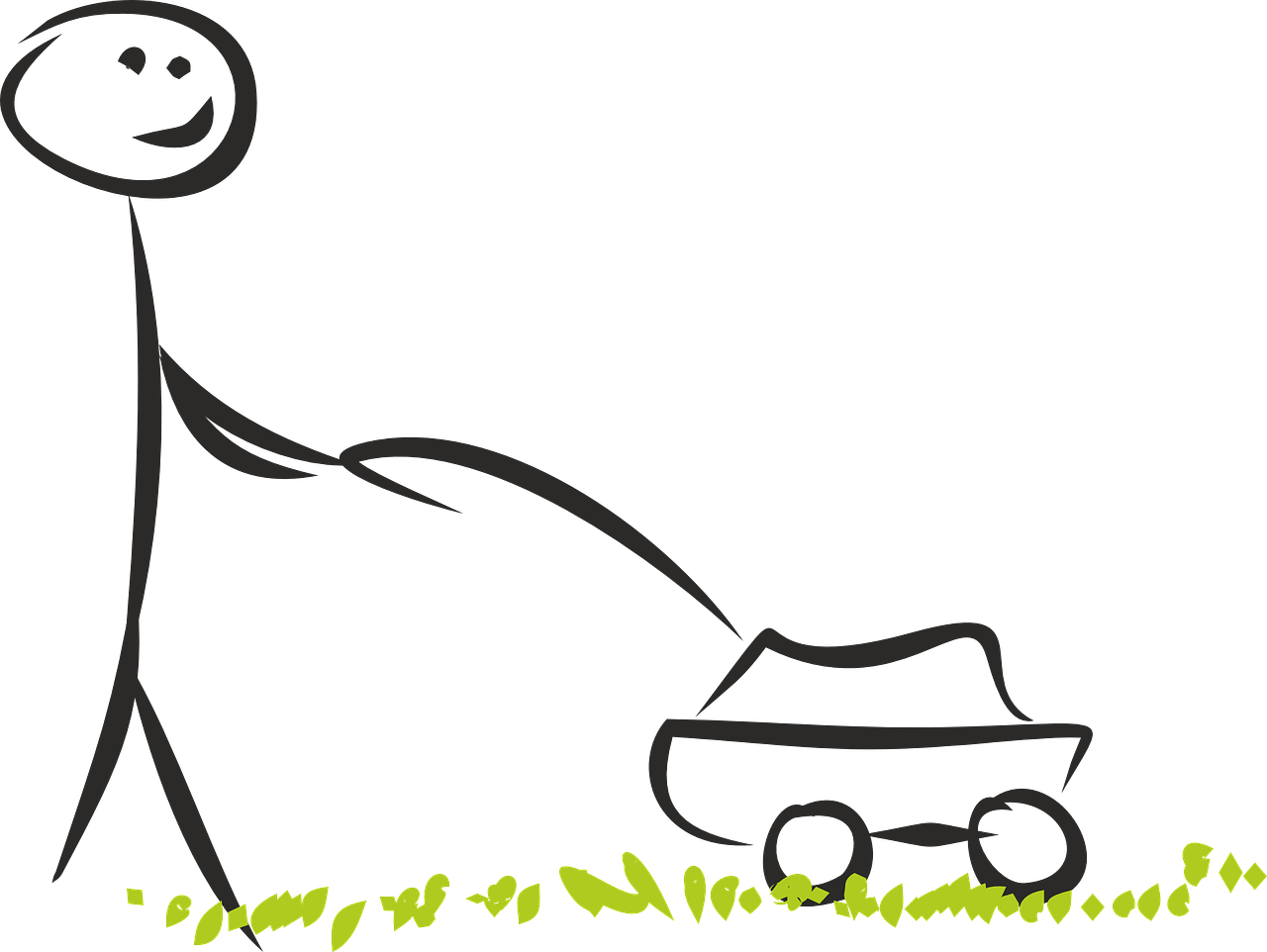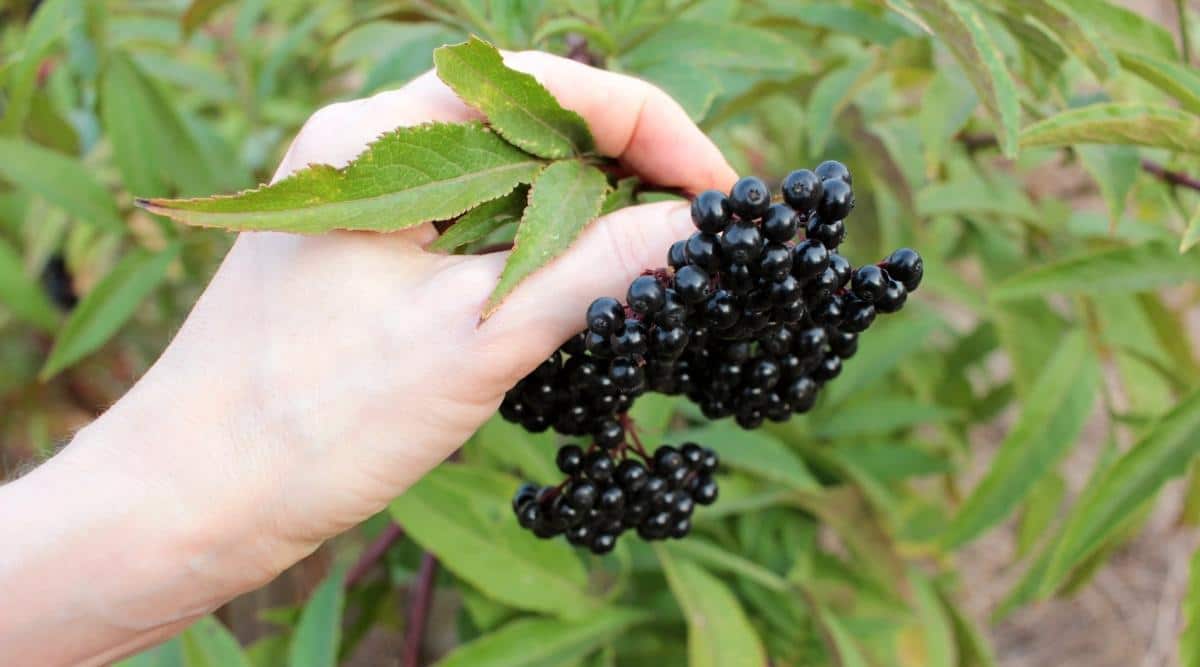When it comes to lawn mowing, there are different types of mowers of which mulching and side-discharge mowers. This article takes a closer look at the advantages and disadvantages of those two types of mowers.
Mulching
In conditions where the grass is relatively short and dry, the best option would probably be to mulch the grass. Mulching is the fastest way to mow short grass, and returning the nitrogen-rich clippings to the lawn is great for lawn health and reducing your carbon footprint. Mulching chops up shorter clippings finely so that they can easily be re-absorbed back into the soil.
One mulching problem that can arise is the grass clumping problem. If the lawn is long, thick, and wet, mulching has the greatest tendency to create a clump of matted thatch under the mowing deck. If those clumps are not removed, they turn pale or brownish-gold within a few days and then start to settle back into the turf. The clumps block light and prevent water from reaching the grass beneath. In time clumps can kill the grass below them and leave a dead spot that then requires reseeding. Even without clumping, mulching sometimes leaves a trail of pale green clippings when the thatch dries.

Side Discharge
Side discharge is perfect for the toughest, most prolonged hack-down jobs. This lawn mowing option results in faster work of an unruly lawn. When you are dealing with long, thick, and moist grass, it is desirable to get that mess of debris out and away from the underside of the mowing deck as quickly and efficiently as possible. If there is no place for the grass to go, the mass of grass clippings you’ve just cut will remain trapped in the cutting area, clogging the blades and periodically stalling the machine. Further, if the grass is moist, the effect is magnified because grass will form clumpy masses that stick to the underside and outside lip of the cutting deck, again stalling the machine and additionally creating a dark green semi-liquid mess for you to claw at and rake out at semi-regular intervals. These clumps look bad and start to kill the lawn underneath several days later. If you leave the mushy clumps stick to the bottom of the mowing deck without proper cleaning, within a day or two, they will dry out and harden. You’ll have to pry from the deck with a scraper or screwdriver.
The side discharge usually means you’re blowing a coarser grade of clippings onto a driveway, a mulch bed, a tree well, or onto an already thick accumulation of other discharged passes. It will help if you plan the cut more carefully so that clippings don’t end up in places they aren’t supposed to be. You have to watch more carefully for objects in the path of the mower because a side discharge can fling out a rock or golf ball with considerable force. It may also lead to the hassle of raking up after mowing.

To conclude, mulching is the best option for people who have long and narrow properties bordered by sidewalk or pavement where the grass blowing to the side will create the need for cleanup. Side discharge may be a better option for large, contiguous patches of lawn.



